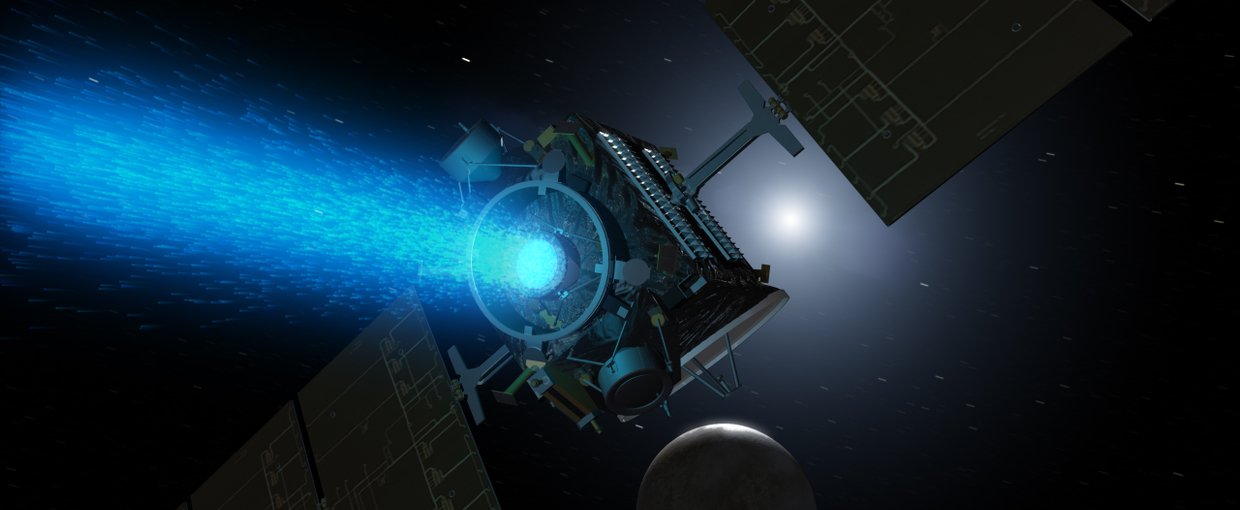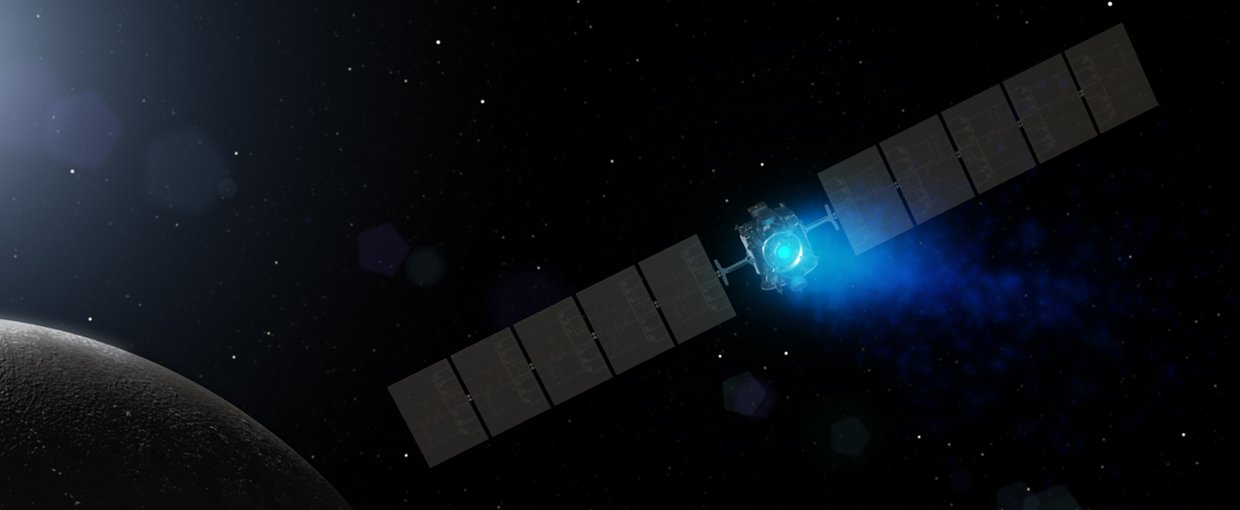
Mission news and discoveries
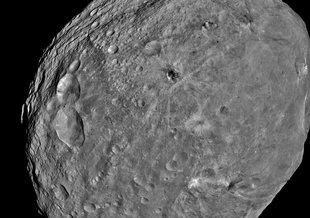
Stony Meteorites and the Story of VestaFebruary 23, 2023

National Ocean Month: Astrobiology and Earth's OceansJune 08, 2022
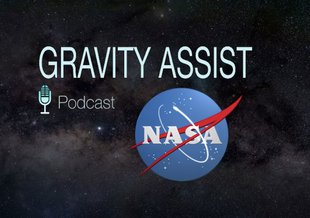
Gravity Assist: The Bright Spot of the Asteroid Belt, with Britney SchmidtDecember 21, 2020
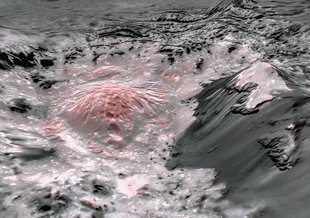
Mystery Solved: Bright Areas on Ceres Come From Salty Water Below (NASA JPL)August 10, 2020
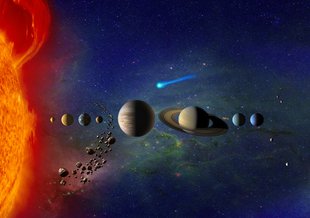
Apply for "The PI Launchpad: From Science Idea to NASA Mission"September 25, 2019

Evidence for Carbon-Rich Surface on CeresDecember 10, 2018
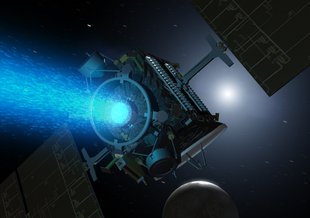
NASA's Dawn Mission to Asteroid Belt Comes to EndNovember 05, 2018

German Aerospace Center: Institute of Planetary ResearchJuly 23, 2018
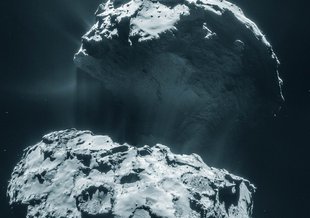
How Small Bodies are Playing a Big Role in Planetary ScienceMay 18, 2018

Meteorites Brought Water To Earth During the First Two Million YearsFebruary 14, 2018
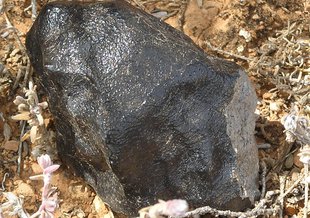
Meteorite's Origins Point to Possible Undiscovered AsteroidDecember 01, 2017
